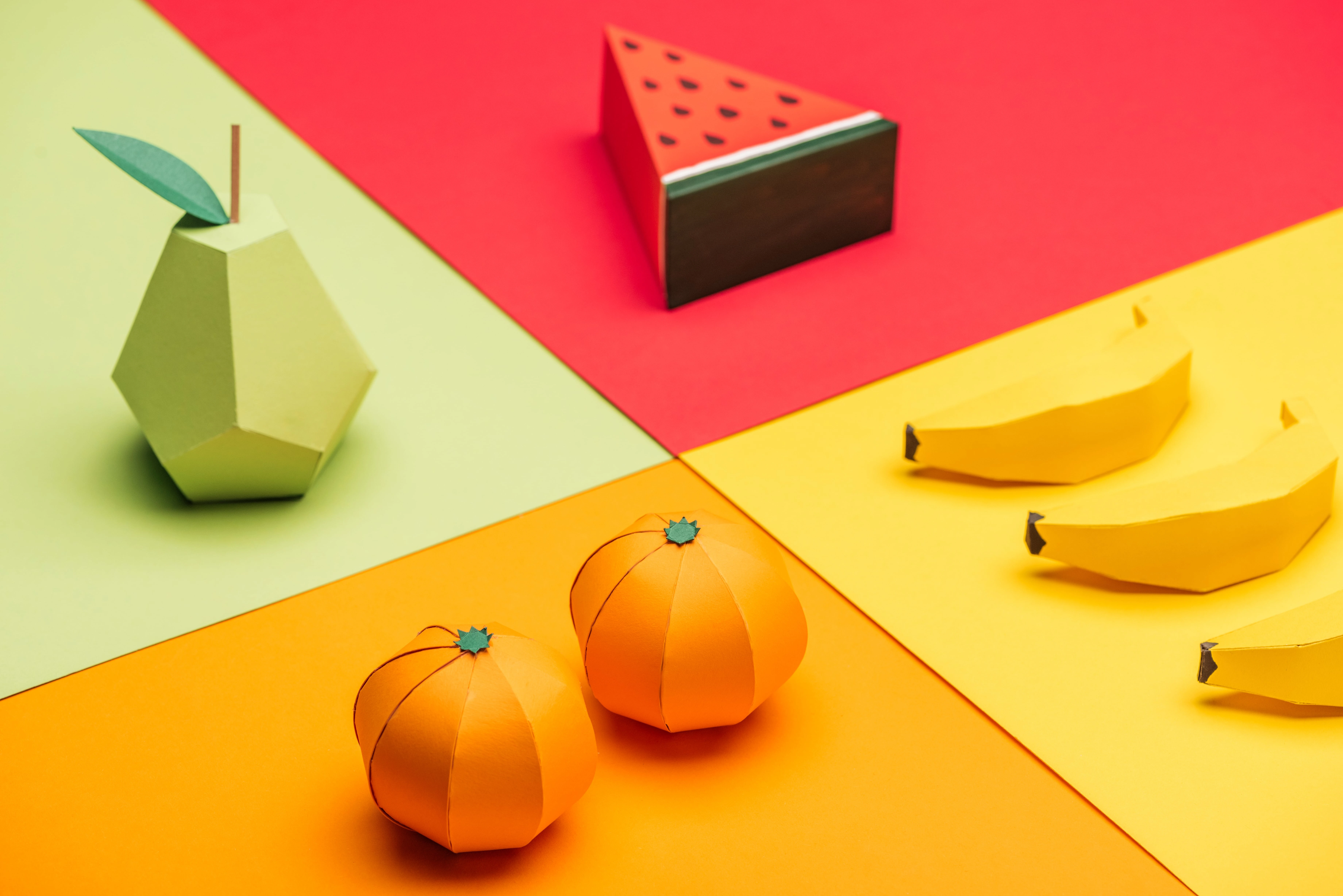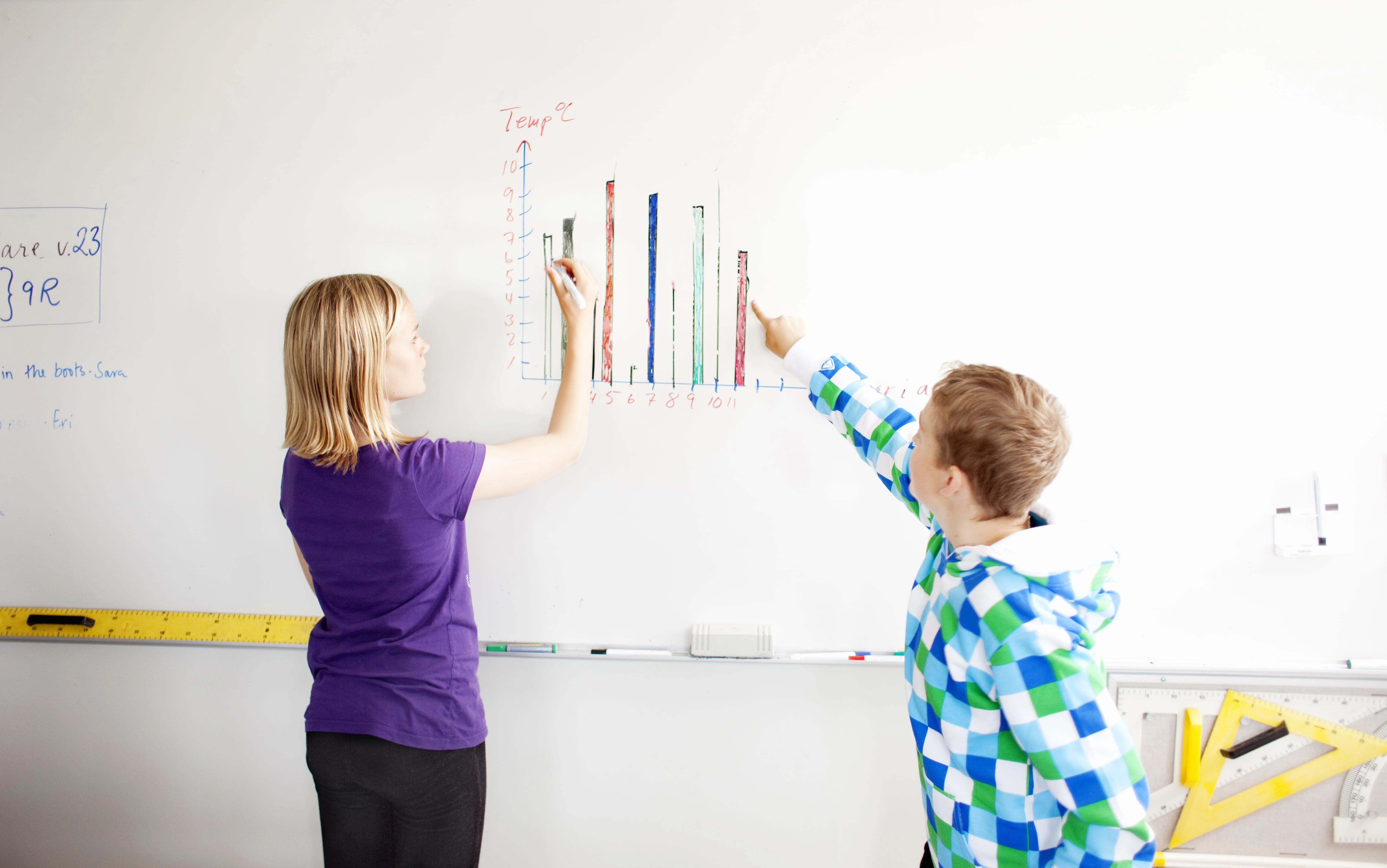Understanding 3D Shapes: A Beginner’s Guide for Kids

Take a quick look around your home or classroom. Notice the cereal box on the counter or the can of paint on the shelf? All of these have three different dimensions: length, width, and height. These are called 3-dimensional shapes, and they’re everywhere once you notice them.
That awareness is important for parents and teachers because seeing these shapes clearly is the first step to teaching them. When children recognize that the objects they play with or use every day have names and properties, math begins to feel less abstract. Instead of memorizing facts, they connect patterns in their environment, preparing them for more advanced concepts down the road.
What Are 3D Shapes?
Three-dimensional shapes are solid objects with three dimensions. They don’t lie flat like a triangle or a square drawn on paper, which are two-dimensional shapes; instead, they take up space.
The easiest way to explain the difference is through examples. A circle sketched on a page is flat, but the orange in your kitchen is solid. Kids will notice 2D shapes in drawings or classroom posters, while 3D shapes surround them in the form of toys, food, and buildings.

Common 3D Shapes and Their Features
Once kids see the contrast between flat and solid, the next step is learning to describe the three-dimensional shapes they’ll encounter. As you describe each, it helps to introduce three terms they’ll hear in school:
- Faces are flat or curved surfaces.
- Edges are the lines where two faces meet.
- Vertices are the corners that form when edges come together.

Here’s how you might explain these common 3D shapes for kids to see the connections to everyday life:
Cube
Dice, building blocks, or small gift boxes are all examples of cubes. A cube has 6 square faces of equal size, 12 straight edges, and eight corners. Since every side matches, children often find this shape easy to spot.
Sphere
Now picture a soccer ball rolling across the floor. That’s a sphere. It doesn’t have flat surfaces, just one curved surface that wraps all the way around. Kids usually understand this shape quickly when you connect it to play. Balls roll smoothly because they’re spheres!
Cylinder
Soup cans and paper rolls work well as teaching props. As cylinders, they have two flat circular faces, one curved surface, and two edges. You can also point out tree trunks or bamboo stems as examples beyond the classroom.
Cone
Children may notice cones when eating ice cream or seeing traffic markers. Each cone has one flat circular face at the base, one curved surface, one edge, and one corner at the tip. For a hands-on experience, let them hold a cone-shaped object to help them recognize its narrowing form.
Rectangular Prism
This shape hides in everyday items like shoeboxes and textbooks. It has six faces (rectangles or a mix of rectangles and squares), 12 edges, and eight corners. Highlight that its sides are not equal, unlike the cube.
Pyramid
Show pictures of pyramids in Egypt and then connect the image to the shape’s structure. A pyramid generally has one square face on the bottom and four triangular faces that rise to meet at a single point. Children may also notice this shape in rooftops or tent designs.

Fun Ways To Learn 3D Shapes for Kids
Helping children make sense of 3-dimensional shapes can feel like a big step at first, but it doesn’t have to be overwhelming. When you add the right activities to daily routines, learning becomes engaging and enjoyable.
Here are a few ideas you can try:
Go on a “Shape Hunt”
Encourage kids to spot 3D shapes around them, like a sphere in a soccer ball or a cone in a traffic marker. Turning this into a scavenger hunt keeps the activity lighthearted while sneaking in real learning.
Use Printable Worksheets or Puzzles
Structured practice can reinforce what kids learn. Worksheets or puzzle activities allow them to name shapes and count faces, edges and corners at their own pace.
Try Hands-On Building
Blocks, clay, and simple crafts bring shapes to life. When children model cubes or pyramids, they get to see how shapes are formed and how the parts fit together. For more inspiration, you can also explore this list of geometry activities.
Play Interactive Games
Kids love learning when it feels like play. Digital platforms can make that possible by turning practice into quests and challenges. In Prodigy Math, for example, children answer questions to explore virtual worlds and earn rewards while strengthening their math skills.
Shape the Next Adventure in Learning With Prodigy
Three-dimensional shapes appear so often in daily life that they create natural teaching moments. You can use everyday objects, from lunch containers to sports equipment, as learning tools. Pointing out these shapes helps children link abstract ideas to real experiences, making math easier to understand.
Looking for more fun ways to practice what you’ve learned? Challenge your young learner to identify 3D shapes in Prodigy Math today.










